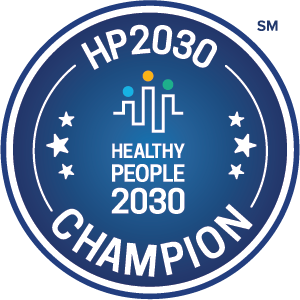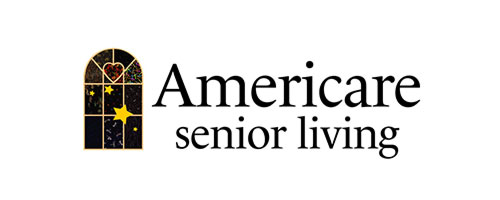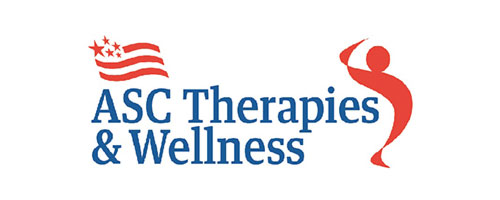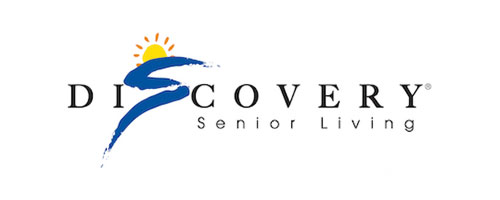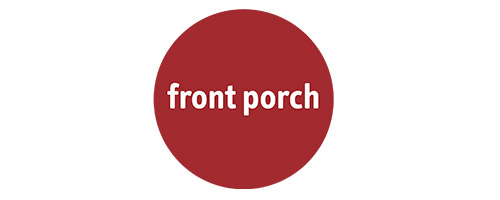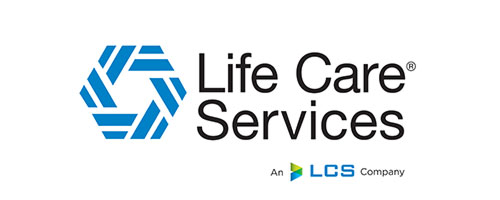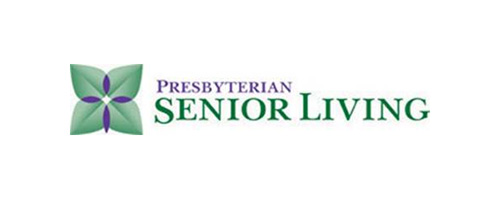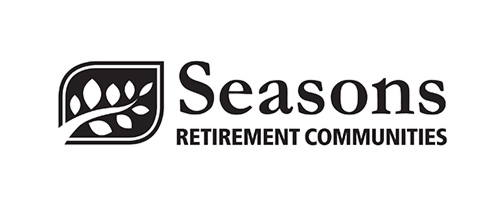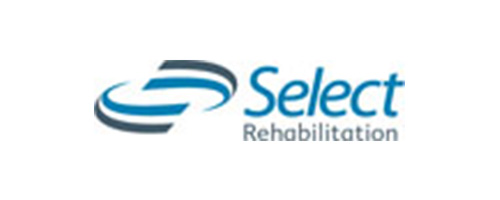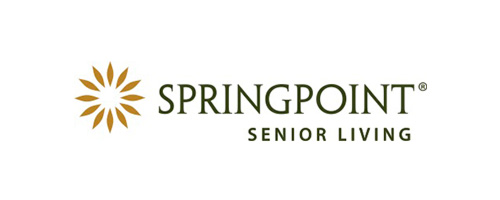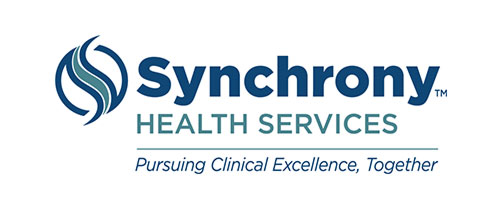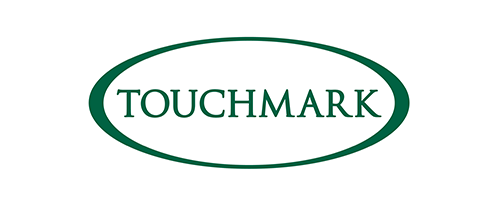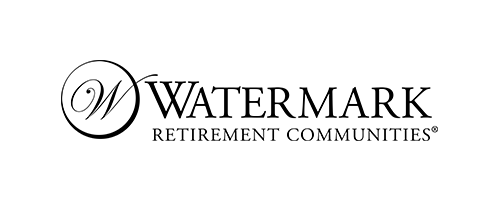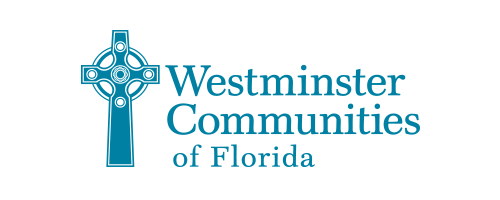Medicare offers new path to help battle food insecurity in older adults
Many U.S. office-based physicians and clinicians will find it easier to be reimbursed for efforts to identify and treat food insecurity or nutrition risks under a new merit-based incentive payment system (MIPS) recently approved by the Centers for Medicare & Medicaid Services (CMS) for 2022 reporting. The new improvement activity will support health equity and benefit active aging.
Using MIPS to address nutrition care
Integrating quality nutrition care into the MIPS framework can help healthcare providers better address chronic diseases and support active aging. MIPS provides incentives to improve clinician performance by basing payments on quality and costs and promoting interoperability and improvement activities.
It is part of the value-based system known as the Quality Payment Program, which seeks to incentivize high-quality, accessible and cost-efficient care, particularly when treating expensive chronic diseases such as diabetes and heart disease. MIPS took effect on January 1, 2017, when eligible office-based physicians and clinicians caring for Medicare patients moved from a traditional fee-for-service to a value-based payment model, as mandated by the Medicare Access and Children’sHealth Insurance Program Reauthorization Act of 2015 (MACRA).
What are MIPS improvement activities?
MIPS improvement activities (IAs) are designed to improve clinical processes, enhance care delivery and increase access to care. Clinicians choose IAs appropriate to their practice, allowing them to focus on their specific patient population, while implementing the processes needed to deliver optimal care. Unlike quality measures, IAs are not compared against benchmarks or results from other clinicians. Instead, the focus is on implementing planned activities that will lead to better care delivery and improve performance in individual clinical practices.
Requirements vary depending on the size of a provider’s practice and other factors. The new activities designed to address food insecurity and nutrition risk are among more than 100 IAs that providers can select in 2022 (see pages 2,353–2,354 of the Final Rule).
How can MIPS improve nutrition?
Food insecurity and nutrition risk—which includes undernutrition; overnutrition; and lack of adequate protein, calories and/or other nutrients—are interconnected conditions that have worsened during the pandemic. Malnutrition can lead to a number of poor health outcomes, including increased morbidity and mortality, increased length of hospital stay and rehospitalizations, increased healthcare costs and increased disability.
MIPS encourages clinicians to focus more broadly on preventive care, now including nutrition. Better nutrition care can also help clinicians improve their performance on required quality metrics, such as those related to falls, diabetes control and hospital readmissions.
Food insecurity and malnutrition are also related to health equity as poor diet and lack of access to healthy foods can contribute to health disparities. Unfortunately, malnutrition is frequently not identified or treated; it is estimated that every day, 15,000 hospitalized patients with malnutrition are not diagnosed. These patients may be discharged without any identification or treatment of their malnutrition.
So it is critical that office-based clinicians determine risk for food insecurity and malnutrition and provide recommendations for intervention both to help prevent hospitalizations and to improve post-hospitalization recoveries. Indeed, the American College of Surgeons National Surgical Quality Improvement Program/American Geriatrics Society recommend assessing the nutrition status of geriatric surgical patients and considering preoperative interventions as part of its best-practice guidelines.
Where should clinicians start?
In its final rule (pages 2,353–2,354), CMS identified specific actions to implement the food insecurity and nutrition risk IA, including using the Malnutrition Quality Improvement Initiative (MQii) and standardized screening tools. The MQii offers a number of resources for MIPS participants and has outlined helpful screening and intervention workflows. See Figure 1, which is from the Malnutrition Quality Improvement Initiative.
Figure 1. Food insecurity and nutrition risk screening workflows

In addition, the MQii offers further information about the new IA that addresses food insecurity and malnutrition risk and links to validated screening tools for food insecurity and nutrition risk. Clinicians developing implementation plans for the new IA, should consider working with a multidisciplinary team, including a registered dietitian nutritionist, to help identify optimal documentation, workflows, tools and community referral pathways and resources.
March is National Nutrition Month and a good time to consider how nutrition can be better integrated into clinical preventive care for older adults. Helping prevent and treat chronic diseases remains a top priority for clinical providers as they continue to work to improve care quality and lower costs. Implementing the food insecurity and nutrition risk IA can help clinicians improve chronic disease outcomes, benefit health equity and support healthy aging for older adults.
Beth Besecker, MD, MBA, SSGB
Director, Medical Affairs Adult Nutrition
Abbott Nutrition Division of Abbott
Note: This information is not intended to replace a one-on-one relationship with a qualified healthcare professional and is not intended as medical advice. It is intended as a sharing of knowledge and information from research. The view expressed here are not necessarily those of the ICAA, we encourage you to make your own health and business decisions based upon your research and in partnership with a qualified professional.
Share


